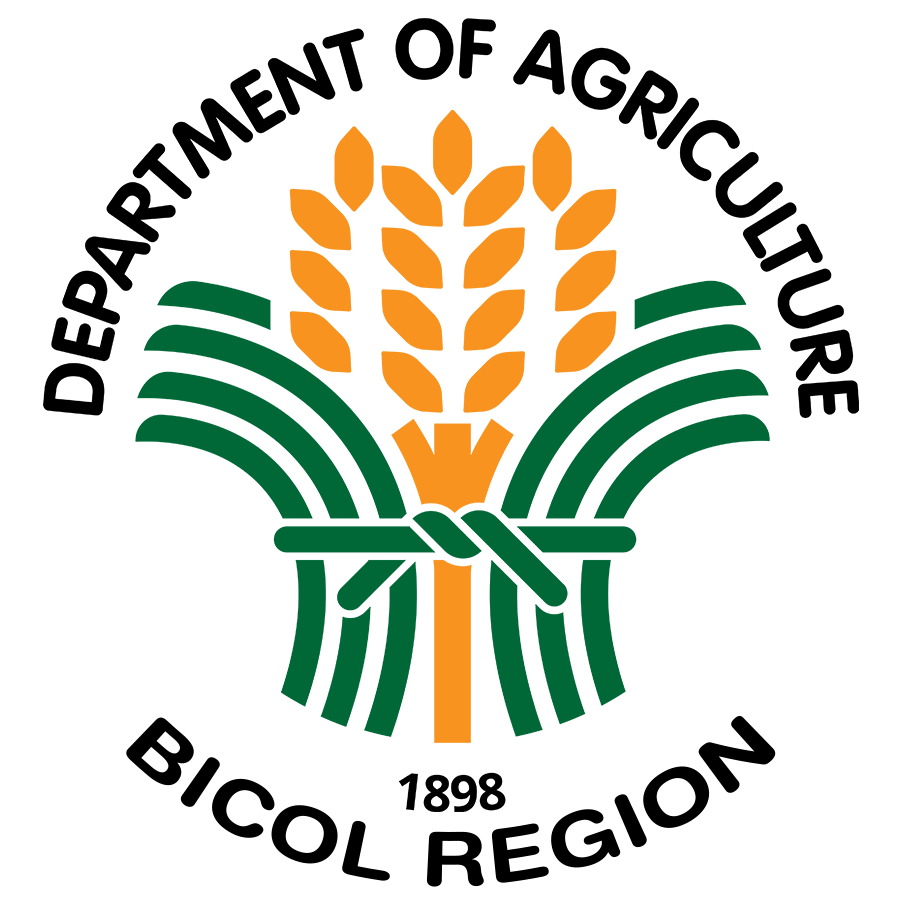NAGA City—“Take this opportunity of consulting and linking with government offices to come up with good plans and proper channelling of projects for the development of Agriculture and Fisheries of Camarines Sur” urged Camarines Sur Administrator Angel G. Naval to more than 190 participants of the province during the 5th Agriculture and Fisheries Modernization Plan (AFMP) 2018-2023 Provincial Consultation on July 17-18, 2018 in one of the hotels here.
The AFMP Provincial Consultation was already conducted in the provinces of Catanduanes, Masbate, Sorsogon and Camarines Norte this month to increase participation of provincial stakeholders in the formulationof the Regional AFMP; to have a sense of ownership in the crafting of plans among farmers’ organizations, and other stakeholders; and to identify the interventions needed for commodities from invited stakeholders.
The AFMP Consultation is important for Camarines Sur’s direction towards agricultural development. With the new Philippine Development Plan and the new directives and priority projects of the government, the AFMP is deemed to be the first step in achieving Ambisyon Natin 2040 which is by year 2040, Filipinos will enjoy a strongly rooted, comfortable, and secure life (matatag, maginhawa at panatag na buhay).
The Philippine Statistics Authority (PSA) reported that the growth of the Gross Regional Domestic Product (GRDP) of the Bicol Region decelerated to 5.1 percent in 2017 from 5.5 percent in 2016. Agriculture, Hunting, Forestry and Fishing (AHFF) rebounded to 2.6 percent in 2017 from -0.1 percent in 2016. Thus, the agriculture sector of the Bicol Region contributed 4.6% to the country’s total AHFF. The gross value of agricultural production amounted to PhP 83 billion pesos. On the average, farmgate prices went up by 5.27 percent in 2017.
DA-Bicol Planning Officer MaryAnn Cuya enumerated the following intervention types of the governmentwhich includeAbattoirs, slaughterhouses, animal provision & distribution program, stock breeding facility, hatchery, AI laboratory, Bridges, Trainings, seminars, workshops, consultations, benchmarking, study tours,, Certification & accreditation activities (organic, HACCP, GAP, GMP), Common service facility, ice plants, Compliance facility or laboratory related to health & safety, Desalination facility for PWS & irrigation, establishment & registration of cooperatives, farmers & fisherfolk groups, Credit & voucher program, direct payment request, Business ventures & proposal development, Tree planting, mangrove protection and forest management.
Other interventions may be in the form of farm implements & equipment, tractors & hand tractors, incubator, farm-to-market roads, fertilizer facility, composting facility, soil laboratory, fish landing, wharfs, fish sanctuaries, marine protected areas (MPA) facility, artificial reef, flood control activity & projects, declogging activities, cash incentives, recognition, awards, distribution of bio-control agents, fertilizer, chemicals, small equipment, Integrated pest management, Communal irrigation system, Small scale irrigation project (STW, Spring Devt, SWIP, PISOS, pumps, etc), Handicrafts, processed products, swine raising, livestock auction market, mapping and zoning, database, market linkages specifically to buyers, processors traders, exporters, Trade fairs & exhibits, investment fora.
Also included in the interventions are advertisement, development of IEC materials, Packaging, labeling, branding, and pre-marketing activities. Also, distribution of planting materials, seedlings, seeds, creation of policies, regulations, guidelines, standards, ports, docking facility, post harvest facility & equipment, feedmills, potable water supply (PWS) system, processing & consolidation facility, meat & dairy processing products, production and expansion areas, fishponds, forage areas, animal farms, nurseries, greenhouse, seed banks, budwood garden, botanical concoction, permitting, clearances, monitoring, enforcement. Other related activities, Hydroelectric, solar, wind, biomass, geothermal energy, research laboratories & facilities, gene bank, tissue culture lab, research-related studies, technical studies, surveys & assessment, Slope stabilization works, Multi-crop solar dryers (MCSD), drying pavement, platform dryer, Climate change technologies, customized machines, new crop varieties, trading post, marketing outlets, bagsakan and buying centers, retail networks, tram lines, transport vehicles, hauling facility, trucks, vaccinations, deworming, warehouses, storage facility, cold storage facility, and watch tower.
During the workshop, the participants were grouped into eight commodity groups—abaca, corn and cassava, fisheries, Organic Agriculture, High-Value Crops, coconut, livestock and poultry, and rice.
During the presentation, the present challenges of the agriculture and fisheries (AF) sector include vulnerability to climate and disaster risks; high cost of farm inputs; low farm mechanization and inadequate postharvest facilities; aging farmers and fisherfolks; poor market price; no established buyers or market; low adoption rate of new production technologies; lack of technical competence; weak organizations; and existence of pest and diseases.
Participants of this one-day activity include provincial and municipal agriculturists; program coordinators; provincial and municipal agriculture and fisheries councils; representatives from the Department of Agriculture-Bicol (DA-Bicol), Bureau of Fisheries and Aquatic Resources (BFAR), Philippine Coconut Authority (PCA), Department of Agrarian Reform (DAR), Philippine Statistics Authority (PSA), Department of Labor and Employment (DOLE), National Meat Inspection Service (NMIS), Department of Science and Technology (DOST), Philippine Fiber Industry Development Authority (PhilFIDA), Central Bicol State University of Agriculture, National Irrigation Administration (NIA), Department of Science and Technology (DOST), Agricultural Training Institute (ATI), Department of Trade and Industry (DTI), Sugar Regulatory Administration (SRA), OFW Association of Tinambac, Pamplona Esperanza Riverside Agricultural Cooperative (PERAC), Camarines Sur Institute of Fisheries and Marine Sciences (CASIFMAS), Rural Improvement Clubs, Goat Raisers Association of Camarines Sur, and Goa Agri-producers and Processors Association.
The Panel of Evaluators DA-Bicol Planning, Monitoring and Evaluation Division Chief Aloha Gigi I. Bañaria, Research Division Chief Luz R. Marcelino, CBSUA Professor Ma. Criselda Caning, and Camarines Sur Agriculturist Che Bermejo. (jaysonmgonzales)

